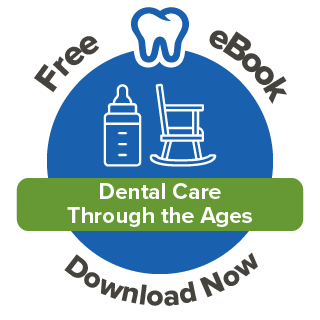By Erica Laceria on Jan 27, 2020 @ 11:55 AM
Debating whether or not you should spend the money on a teeth whitening treatment? Maybe close that little gap in between your front teeth that keeps bothering you? Or how about fixing the chipped tooth your tongue keeps playing with? If you’ve ever wanted to have any of these procedures done, or have considered altering the way your teeth appear, you have tapped into the world of cosmetic dentistry.
Plain and simple, cosmetic dentistry was created for patients to achieve the perfect smile. It's rare to meet someone who was born with flawless teeth. Most of us at one point or another have considered braces, whitening treatments and other cosmetic treatments. You might not realize that some of the most commonly performed treatments in your dentist’s office fall into this category.
Here are just a few dental procedures of cosmetic dentistry:
- Bleaching. A brighter, whiter smile, sometimes called the Hollywood Smile, is one of the most popular (and easiest!) cosmetic dental procedures. Enhanced whitening for teeth is of such appeal to the public that today that most of the toothpaste we purchase in our local drug stores contains whitening formulas. Whitening has become mainstream when it comes to cosmetic dentistry. Teeth whitening has become increasingly popular within the last decade, and while it was originally an intense procedure that had to be conducted in the dentist office, there are now various tools and home kits one can purchase at local drug stores to enhance the whiteness of your tooth’s enamel right from your own home.
- Crowns. Very often, and especially with the progression of age, teeth tend to wear down and change in shape and size. While this is natural, it is important to keep teeth in tact as much as possible through the sequence of one’s life. Caps, or crowns are used to do just that. Crowns cover a tooth and restore it to its normal shape and appearance. Often, crowns are used in conjunction with a root canal.
- Veneers. Sometimes, the parts of our mouth that are most visible (e.g. the front teeth) are the ones that need repairing. Veneers help to upkeep the color and shape of your teeth. These tiny, thin pieces of porcelain are placed over the front of the teeth to change chipped, stained or uneven teeth. Many times, veneers are an alternative option to crowns, which are far more expensive. However, veneers do have a longer life expectancy than bonding, a cosmetic procedure that will be discussed next.
- Bonding/Reshaping. Similar to veneers, bonding helps to alter the small gaps and/or color of the teeth. This service is also used to fill in small cavities. Most often, bonding will last a patient a few years, and can be performed on a patient in one office visit. Reshaping requires a dentist to drill and file the teeth in order for them to look congruent and develop a cleaner, more precise smile. While bonding fills in gaps, reshaping involves aligning the teeth together.
Be sure to also contact your insurance company to see what's covered. Often, cosmetic dentistry is an out-of-pocket expense to be paid for by you. If you don't have insurance and aren't sure what plan is right for you, be sure to take our quiz below to find out what kind of plan meets your needs!





comments